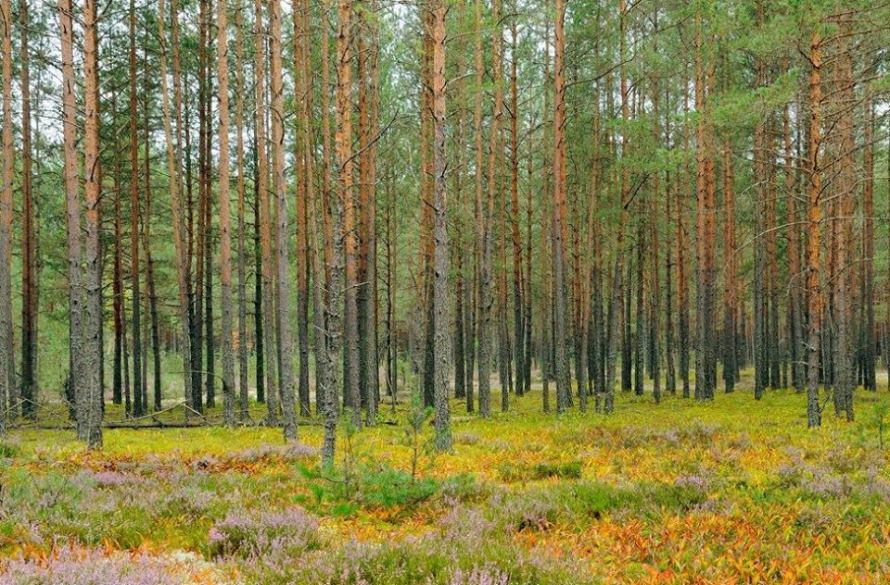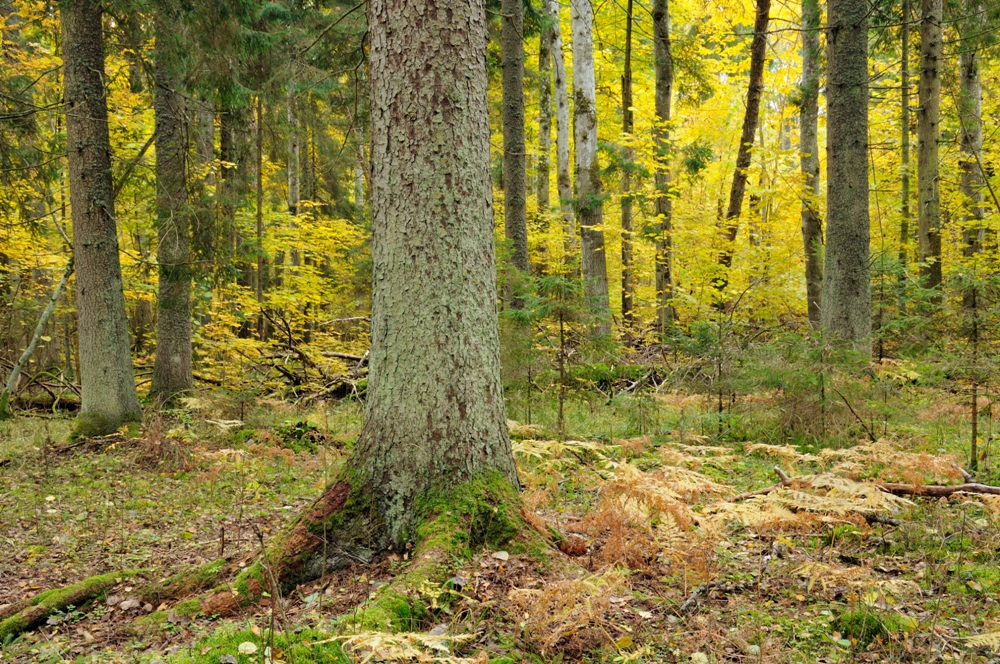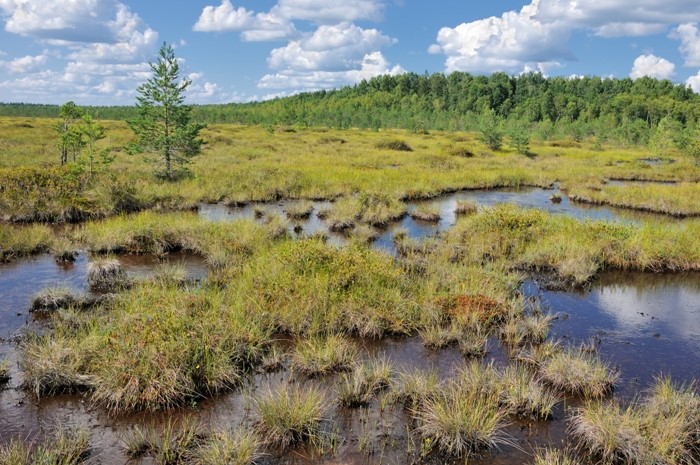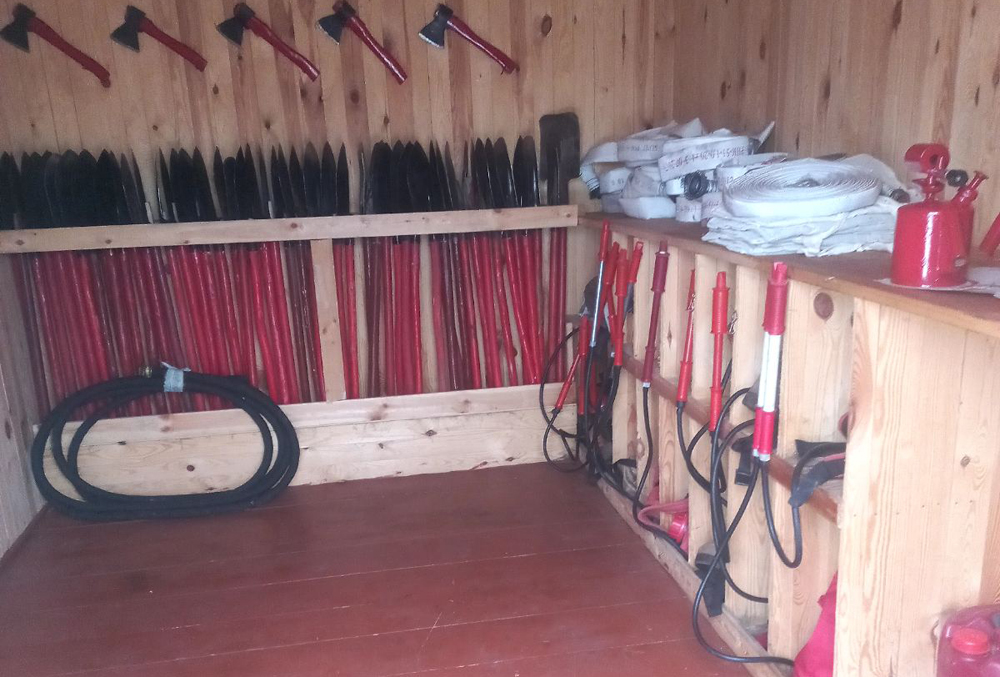Today, March 21, is the environmental date − International Day of Forests. The annual holiday dedicated to forest conservation was established by the decision of the UN on December 21, 2012, and was celebrated for the first time 10 years ago. International Day of Forests was created as an environmental day for enthusiasts of forest conservation and mitigation of global climate change. Today, forests cover about a third of the land area, and the total area of forests on Earth is 38 million square kilometers. Half of this forest zone belongs to tropical forests, the fourth part is located in the northern hemisphere. Forests are home to 80% of amphibian species, 75% of bird species and 68% of mammal species, while rainforests contain about 60% of vascular plant species.

The theme for 2023 is “Forests and Health”. Forests give us so much for our health. They clean water and air, fix carbon, recycle harmful emissions, provide foods and life-saving medicine, and improve our well-being. It is our responsibility to conserve these precious natural resources, because healthy forests are bringing health to people in response.

International Day of Forests is actively celebrated in our country. After all, the forest is one of the most significant natural resources for us. Belarus is a forest country, more than 40% of its territory is occupied by forest plantations. Moreover, all forests in Belarus are the property of the state. The total area of forest fund lands in the Republic of Belarus is 42% of the entire territory of the country. Every year Belarus hosts the Forest Week campaign, which in 2023 will last throughout April. This year the action will be dedicated to the Year of Peace and Creation.
A considerable part of this wealth is concentrated on the territory of the Berezinsky Biosphere Reserve. The area of forested land in the reserve is 76.6 thousand hectares (89% of the total area). Forests include about 20 species of trees, among which the predominant forest-forming species are pine, downy birch and black alder. Pine swamp forests are the most widespread (25.2% of the territory).

Fires are one of the most devastating threats to forests and their biological diversity. The forests of the Berezinsky Reserve, due to the predominance of swamps and wetlands, are characterized by a very low fire hazard. Only 7.8% of the territory of the reserve is assigned to fire hazard classes 1 and 2, the average fire hazard class is 4.1. Fires on the territory of the reserve are rare and can sometimes occur in years with lack of precipitation during summer months. The most important causes of those are the careless handling of fire by local residents and visitors, as well as natural phenomena, such as lightning in a thunderstorm.
The Berezinsky Biosphere Reserve has its own fire and chemical station (FCS), which is equipped with basic fire extinguishing equipment. In addition, there are storage points for standard fire-fighting equipment (PFE) in each forestry. Each forestry is also equipped with video cameras with a wide range of opportunities for visual detection of forest fires, i.e. the function of determining the coordinates, which allows to determine the location of a forest fire in a short time. Every year, a forest fire protection plan is implemented: ground management, arrangement and maintenance of mineralized lines, as well as air patrol of forest ecosystems during the period of increased fire danger.

In connection with the approaching fire hazard period, the Berezinsky Biosphere Reserve is already checking the readiness of fire extinguishing forces and equipment, as well as re-equipping PFE and FCS with fire-fighting equipment, such as a backpack forest sprayer (BFS) and fire hoses.
